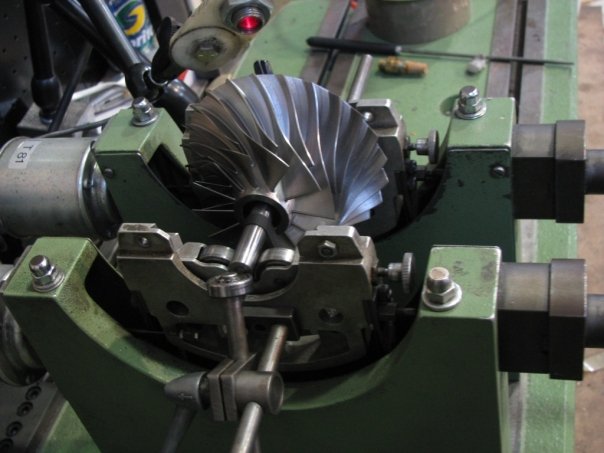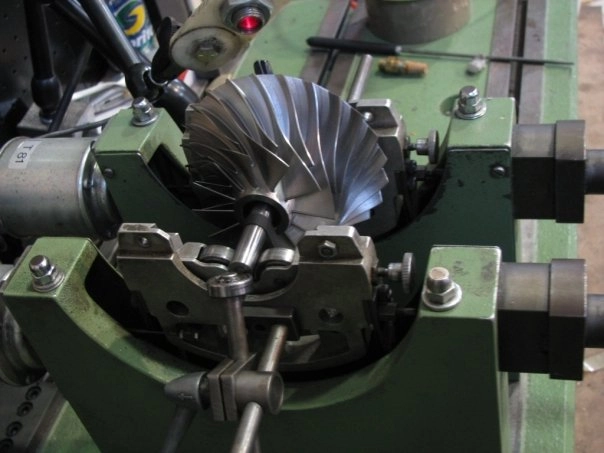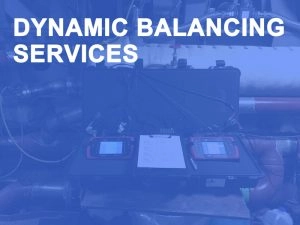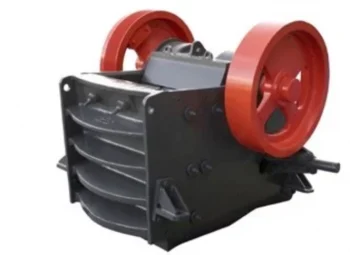 Vibration in most machinery is not a good thing. It creates unnecessary noise and wear and can eventually result in failure that can be costly in terms of both time and money. Machine balancing is therefore vital for ensuring smooth and efficient operation and to help prolong the life of the machine.
Vibration in most machinery is not a good thing. It creates unnecessary noise and wear and can eventually result in failure that can be costly in terms of both time and money. Machine balancing is therefore vital for ensuring smooth and efficient operation and to help prolong the life of the machine.
Here at Hi-Tek Balancing we specialize in the art and science of dynamic machine balance. We can identify problems such as unbalance by recognizing the distribution of mass – called the dynamic — in relation to force and vibration and then correcting that unbalance by adding or removing weight from the rotating component to minimize the force and vibration.
Proper machine balance is, of course, critical to a wide variety of applications and systems such as manufacturing, scientific, and test and measurement equipment. These can vary greatly — from small, highly delicate, high-speed laboratory equipment to massive, rugged industrial machines. Despite the extremes between these two very different examples, the challenges of vibration and wear are the same, just on different scales. The process and methodology of machine balancing is theoretically the same in both cases, where the effects of centrifugal force are usually the cause of increased vibration and decreased performance.
To most people – including many machine operators – machine balance is mysterious. In reality, the science behind it is relatively simple. Unbalance exists in a rotor when the mass center axis is different to its running center axis. Most newly-machined parts are non-symmetrical because of blow holes in castings, the uneven number and position of bolt holes, parts fitted off-center, and machined diameters eccentric to the bearing locations, to name just a few causes.
An unbalanced rotor, when rotating, wants to revolve around its mass center axis. Because the bearings restrict this movement, the centrifugal force, due to the unbalance, causes the rotor to vibrate. This vibration causes wear to the bearings, creates unnecessary noise, and, in extreme cases, disintegration of the rotor itself. It’s easy to see why machine balance is necessary to correct this unbalance.
To identify the location and amount of unbalance, balancing machines are used. These machines are so sensitive that they can easily and accurately identify any mass axis 0.001mm off the running axis.
One type of machine will only identify static unbalance and is used for balancing disk-shaped parts. Another type of machine will identify unbalances in two axial planes; for example, to balance a rotor whose length is proportionally greater than its diameter. These machines are available in versions that balance the rotor in either the horizontal or vertical axis.
With modern manufacturing and scientific innovation getting increasingly complex and demanding, proper machine balance will only become more critical. To learn more about the art and science of machine balance, talk to the experts at Hi-Tek Balancing.





